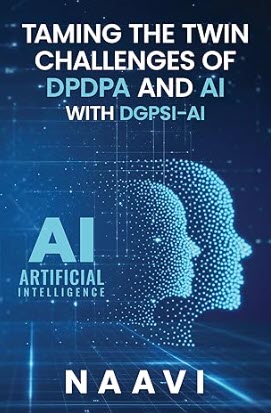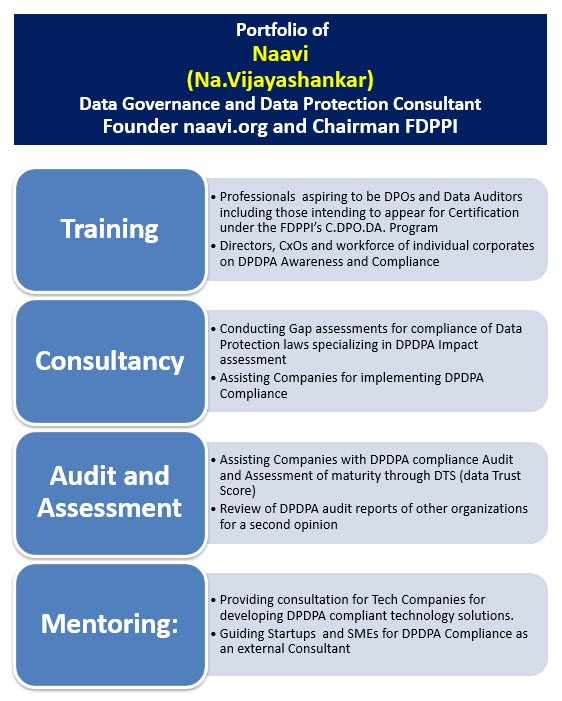Cyber Crime victims in India have been waiting for a long time for the re-activation of Cyber Appellate Tribunal (CYAT) which became dysfunctional on 30th June 2011 during the UPA II regime and never came back to life even after the NDA Government under Mr Modi came to take charge.
Despite the push given to Digital India by Mr Modi and repeated reminders from activists like the undersigned, the Government and the Chief Justice of India who ever was in charge during this time could not find a replacement for Mr Rajesh Tandon who superannuated while he was the Chairman of CyAT. What was surprising was that during part of this time when CyAT was dysfunctional, there was a retired High Court judge namely Justice Krishnan, who was appointed as a member of the CyAT but was not designated as the Chair person though he was eligible.
Mr Gulshan Rai who has been in the forefront of CERT for a long time and later moved onto the PMO was the person in charge of CyAT as an administrator and despite being in the PMO, could not impress upon Mr Modi to re-activate the CyAT.
In the Finance Bill of 2017, Mr Arun Jaitely gave another body blow to the CyAT by abolishing the CYAT and merging it with the TDSAT. It was like the proverb, which states Don’t Cut off your nose if you cannot cure cold, but that was precisely what Mr Jaitely did as a Finance Minister.
As a result of this apathy of the Government of India, the CyAT which was closed on 30th June 2011 with many pending petitions of Cyber Crime victims who had lost lakhs of rupees and believed that there will be justice at the end of their struggle, remained in operative until the beginning of this month.
It has taken a full 7 years for the system to be re-activated. I am sad that no body in the Government least of all the Law Minister and IT minister Mr Ravi Shankar Prasad took this issue seriously.
During this time there were a few cases like
-
a) The Case of ICICI Bank vs S.Umashankar in which ICICI Bank had been ordered by the Adjudicator of Tamil Nadu to pay compensation to the Cyber Crime victim, which had been heard extensively over a period of more than an year, arguments were completed, written arguments were also submitted and the CyAT had posted the case for judgement three days past the expected date on which the Judge was supposed to retire.
-
b) The Cases of Gunashekar and Vijaykumar Vs PNB in which PNB was jumping from Adjudicator of TN to CyAT and CyAT to Madras High Court and playing one authority against the other only to delay the case as long as possible until it got stuck at CyAT.
-
c) The cases of Gujarat Petosynthese Ltd and Mr Rajendra Prasad against Axis Bank and ICICI Bank respectively where the Adjudicator of Karnataka had dismissed the petitions holding that the word “Person” used in Section 43 of ITA 2000 does not include a “Company”.
Out of the above litigants, is is sad to note that one of the complainants has already expired. Others are now 7 years older and soon we will have a situation where the Court will call for a hearing only for the legal heirs to attend.
I would like everybody involved in these disputes including the Banks who consider their fraudulent customers more valuable than victim customers and use all their financial might to frustrate the complainants and the advocates who spend more effort in seeking adjournments rather than getting into presenting their fair views to think who is responsible for the delay in the delivery of justice.
They should expect that the dis-satisfied souls of deceased Cyber Crime victims will hover around these Courts for justice until justice is delivered. Unfortunately our politicians are worried only about Farmer Deaths and not Cyber Crime Victim’s death. Even Mr Modi knows only about the “Fasal Vima Yojana” and not “Cyber Crime Insurance”.
Despite RBI mandating Cyber crime insurance way back in June 2001 and advising Banks to absorb the legal risks in such cases, Banks led by the insensitive fraud tolerant CMDs have failed to take action. Now RBI has also advised that there should be “Zero Liability” in certain cases but Banks hardly recognize the authority of RBI and ignore all such customer friendly directions.
Finally now the TDSAT has started calling up pending applications and trying to take stock of the cases. This is a silver lining but could be a silver lining which may recede fast into the background if TDSAT does not take some procedural steps to ease the process of justice delivery.
TDSAT is used to hearing petitions of big companies like the Vodofone, Reliance or Aircel and hearing arguments from the likes of Kapil Sibal or Gopal Subramaniam. They will now have to come down to earth and look at cases in which the dispute is in a few lakhs or even thousands and the victims cannot afford to engage lawyers of repute in the Supreme Court and would prefer to argue the cases themselves.
Is TDSAT prepared to re-orient itself to be able to do justice to this relatively poor victims? … I am looking for an answer.
CyAT had a simple procedure and a nominal fee. Will TDSAT follow the same principle?…. I am looking for an answer
CyAT was prepared to travel and hold hearing in Chennai twice during its tenure… Will TDSAT hold hearing in South India so that the expense of travel compounded by adjournments does not kill the cyber crime victims a second time?….. I am looking for an answer
CyAt was prepared before it went out of action to conduct proceedings over Video Conferencing though it did not materialise. (Mumbai Adjudicator held one hearing over video conferencing for a Nagpur case and showed it was feasible). Will TDSAT be prepared to hold such online hearings so that Cyber Crime victims need not travel to Delhi everytime?... I am looking for an answer
Naavi.org promises that if TDSAT wants to use the online dispute resolution platform of odrglobal.in, it will offer such service if required, free of cost without any obligations. (ODRGLOBAL is an online platform that is compliant with ITA 2000/8, Indian Arbitration and Mediation Act and also the proposed UN model law on ODR). Will TDSAT agree to use the platform for the benefit of the Cyber Crime victims?.….. I am looking for an answer
I wish that this message reaches those who matter in the Government of India and the TDSAT and I will get answers to all the above questions. These are not questions raised by an activist alone but by the hundreds of Cyber Crime victims.
All my friends who receive this message are requested to kindly forward this to the relevant persons so that a serious attempt is made to correct the damage inflicted on the Cyber Crime victims of India over the last 7 years in the CyAT being held in a non functional state.
Naavi
- Disclaimer: There is no political agenda in the above statements though I have expressed my complete dissatisfaction with the officials and ministers under the current Government. My views should not be misunderstood. For the records, I am a supporter of Mr Narendra Modi and his policies.







